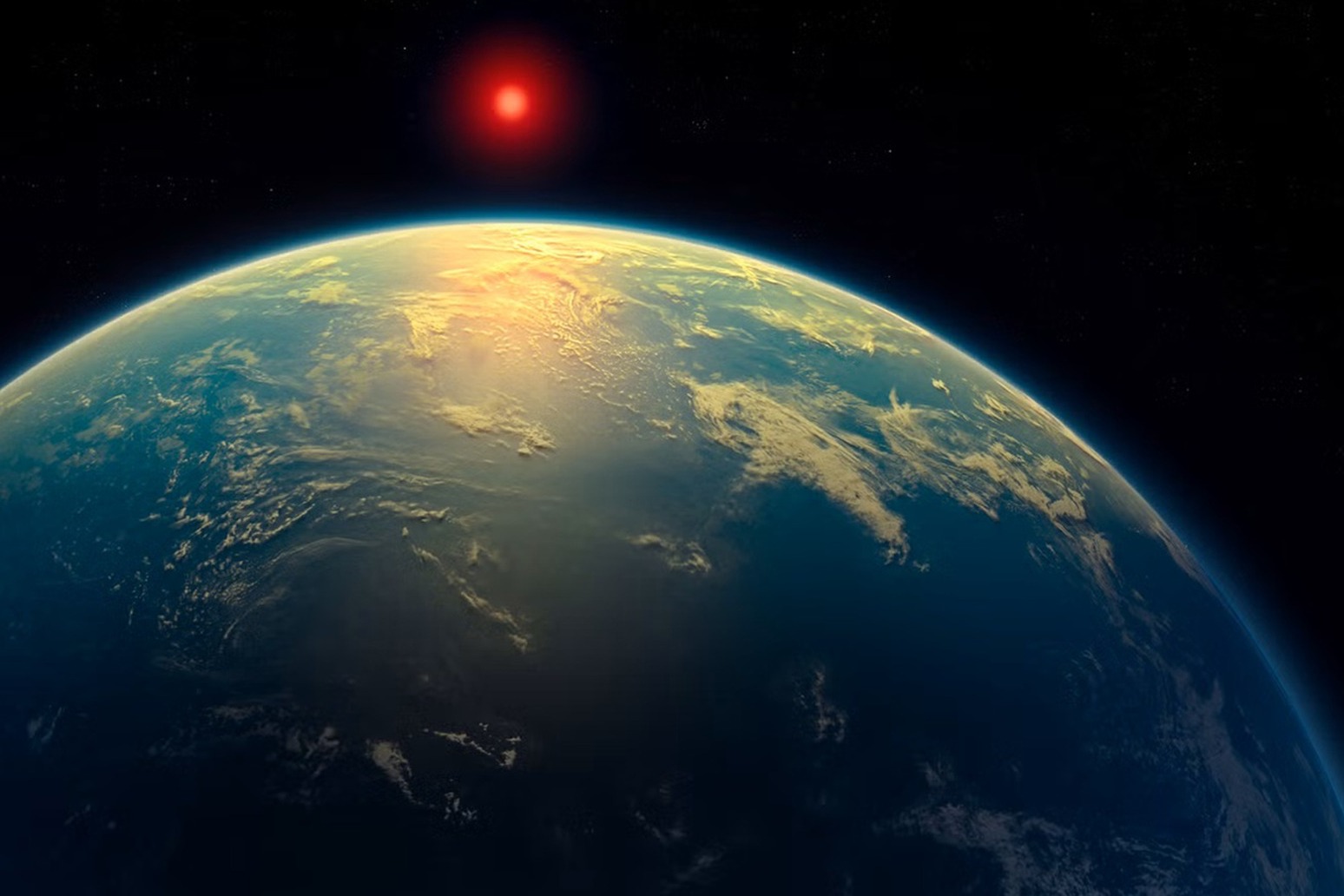-
 play_arrow
play_arrow
Chorley ONE Local Radio for Chorley
Strongest evidence yet found of alien life beyond our planet


British researchers have found the “strongest evidence yet” of alien life beyond our planet.
While studying exoplanet K2-18b, which is 124 light years away, the team found signs of chemicals which are produced on Earth by simple organisms such as marine phytoplankton and bacteria.
The chemicals, dimethyl sulphide (DMS) and dimethyl disulphide (DMDS), were detected by researchers from the University of Cambridge using the James Webb Space Telescope.
Lead researcher Professor Nikku Madhusudhan, from the university’s Institute of Astronomy, said the finding inches the human race closer to proving we are not alone in the universe and could suggest the planet is “teeming with life”.
“If we confirm that there is life on K2-18b it should basically confirm that life is very common in the galaxy,” he told the BBC.
Prof Madhusudhan hopes to prove the existence of alien life in the near future and told the BBC he was emboldened by the amount of gas his team found in a single observation window.
“This is the strongest evidence yet there is possibly life out there. I can realistically say that we can confirm this signal within one to two years.
“So, if the association with life is real, then this planet will be teeming with life.”
The exoplanet, a planet outside our solar system, is 8.6 times as massive as Earth and 2.6 times as large.
The observations have reached the “three-sigma” level of statistical significance, meaning there is a 0.3% probability that they occurred by chance.
To reach the accepted classification for scientific discovery, the observations would have to cross the five-sigma threshold, meaning there would be below a 0.00006% probability they occurred by chance.
This is not the first time signs life have been found on K2-18b, as astronomists previously detected signs of DMS, along with carbon-based molecules including methane and carbon dioxide.
The previous discovery was the first time carbon-based molecules were found in the atmosphere of an exoplanet in the habitable zone and added to studies suggesting it could be a Hycean planet – one with the potential to possess a hydrogen-rich atmosphere and a water ocean-covered surface.
Water vapour has also been detected on K2-18b, which hosts both water and temperatures that could support life.
In a separate statement, Prof Madhusudhan said of the latest findings: “Earlier theoretical work had predicted that high levels of sulfur-based gases like DMS and DMDS are possible on Hycean worlds and now we’ve observed it, in line with what was predicted.
“Given everything we know about this planet, a Hycean world with an ocean that is teeming with life is the scenario that best fits the data we have.”
The astronomist and his team are hoping to conduct further research to determine whether DMS and DMDS can be produced non-biologically at the levels currently inferred.
He added: “It’s important that we’re deeply sceptical of our own results, because it’s only by testing and testing again that we will be able to reach the point where we’re confident in them.
“That’s how science has to work.”
“Decades from now, we may look back at this point in time and recognise it was when the living universe came within reach,” he added.
“This could be the tipping point, where suddenly the fundamental question of whether we’re alone in the universe is one we’re capable of answering.”
Published: by Radio NewsHubClick here to read this story in full at Radio News Hub
Written by: admin
Similar posts
Latest News
- Duke of Yorks accuser Virginia Giuffre dies aged 41
- Flags to fly at half mast as First Minister attends Popes funeral
- Gatwick accepts changes on aircraft noise and public transport in expansion bid
- Quarter of a million people viewed Popes body over three days
- Princess Royal remembers brave Anzacs in their own words at Gallipoli
Top popular
Copyright THe Mediasite - 2024













